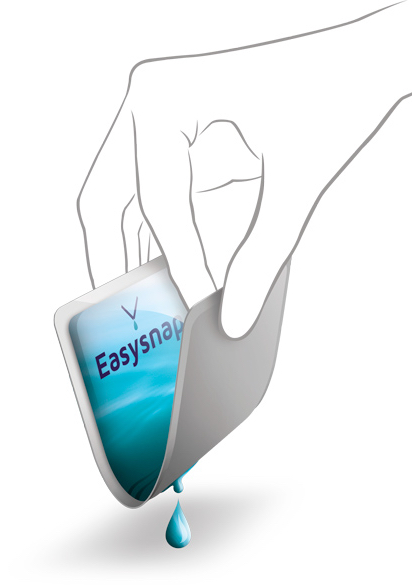
Until now we are used to open a single dose container with two hands.
However it was often not sufficient and we had to help ourselves with our own teeth.
From now on we just have to take an EASYSNAP with one hand and fold it with two fingers...
While the sachet is folded, a previously mechanically made center cut (patented) tends to break open progressively, according to the exercised pressure during folding.
This allows the product to flow out in a completely controlled manner.

EASYSNAP package is a single use sachet which allows consumer open the package by using only 2 fingers.
It can be used for all types of liquid products with any viscosity.
The sachet is formed by flexible plastic film on one side and rigid plastic film on the other side. Contents will not come out until the sachet is folded over 90 degrees.
Due to the unique design of the sachet, over 99% of the contents can be easily dispensed whereas traditional packet can only dispense up to 90 ~ 95%.
The barrier structure of the sachet also maintains product integrity for long shelf life.

Why EASYSNAP?
- It is smart and easy to use. You can control the flow of liquids and use up all contents.
- It is unique and can be customized. You can have your own design printed on both sides of the sachet.
- It is clean and hygienic. The unique design provides resistant to any squeezing or crushing. When folding the sachet, contents flow out without touching any part of the outside package or hands.
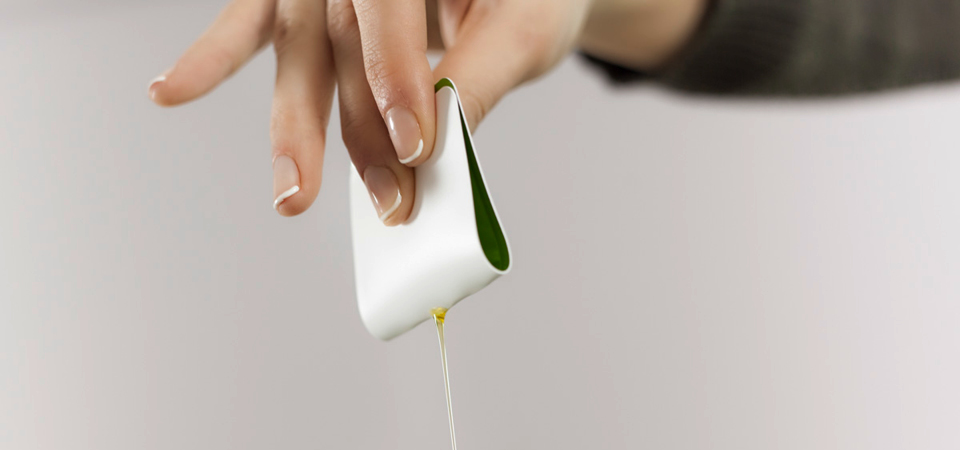
https://www.youtube.com/watch?v=xxqz88-JmYc
[ add comment ] ( 65 views ) | permalink |




 ( 3 / 1946 )
( 3 / 1946 )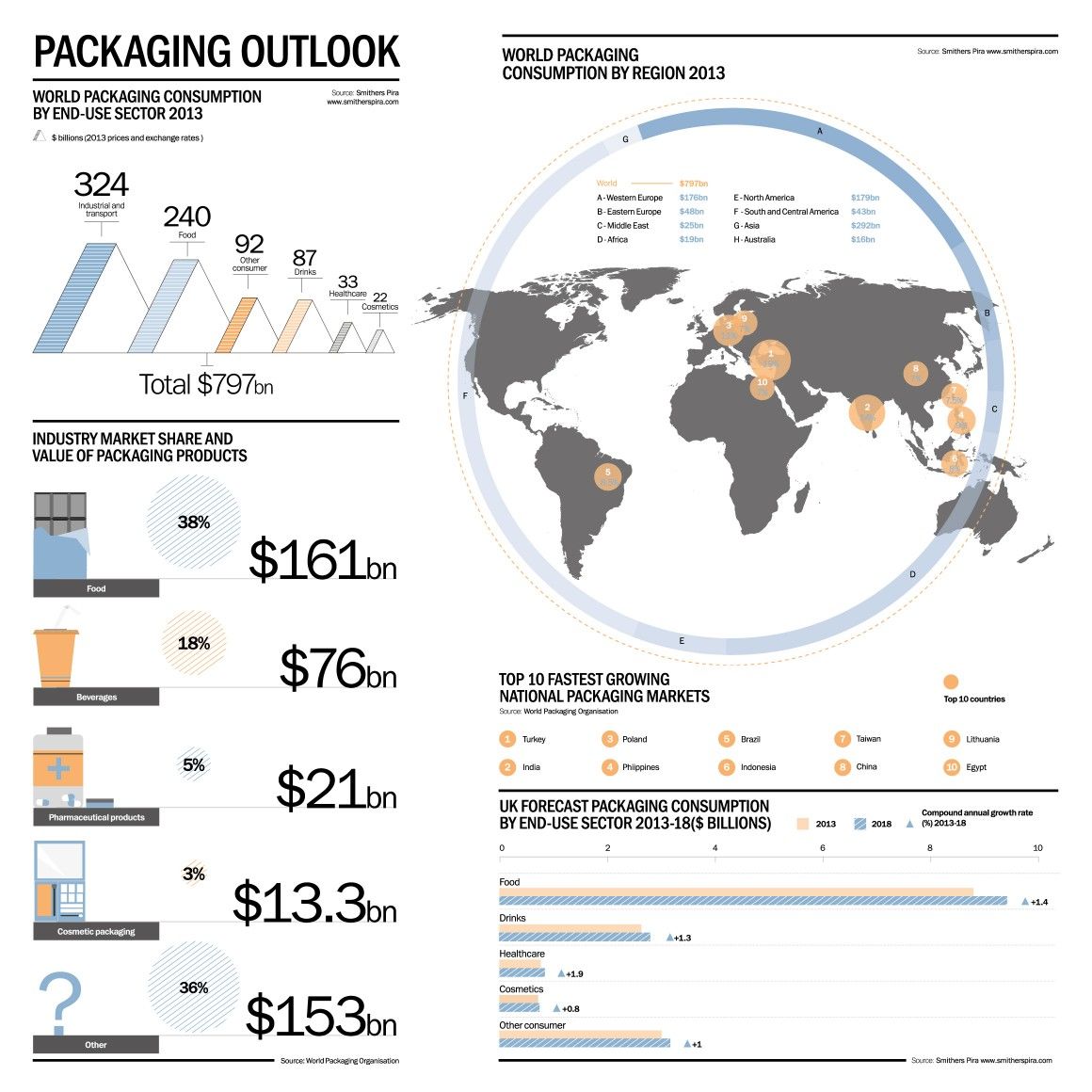
Aside from Market side, there are some Macro Trends that are affecting the Packaging Industry worldwide:
- URBANIZATION : The move to cities along with greater disposable income derived from higher-paying jobs creates more demand for packaged goods.
- CONVENIENCE : with busy, working parent house -holds, ready-to-eat foods re replacing some cooked from scratch meals. This factor is also creating a need for smaller pack sizes for foods that can be eaten on-the-go, in the office, or after-school, with minimal preparation. Multipacks are proliferating along with single-serve sizes as consumers seek convenience and fewer shopping trips.
- HEALTH & WELLNESS : Greater consumer awareness of food ingredients is prompting packaged food makers to create new “healthy” products, or extend their offerings with products that contain more protein, or less fat , or no GMOs
- SUSTAINABILITY : Along with health and wellness, consumers are looking for packaging that leaves a lesser footprint on the environment. Packagers are working on inventing lighter weight bottles and containers that take less energy to produce and transport, as well as substitutes for petroleum-based plastic. This trend has also given the flexible packaging industry a boost, as pouches, which can be easily shipped, displace rigid bottles and cans. However recyclability is a big issue, as they usually end up in the landfill, because their complex material mean they cannot be reused.
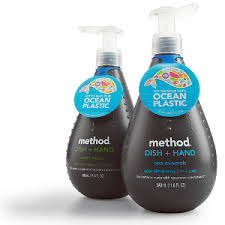
- BRANDING : Packaged Goos makers are turning to the packaging industry to help them differentiate their products in a highly competitive market-place via shelf appeal, visibility and personalization. This creates opportunity for the packaging industry to create more innovative packs and the opportunity for converters and label makers.
- COST- REDUCTION : As brand owners seek to pare down costs, they have turned to cheaper materials such as plastics; North America faces intense competition from China, for instance, with cheap pouch roll stock imports. There is increasing focus on achieving higher performance at a similar or lower cost while using fewer material, resources and energy- which can lead to technological breakthroughs. In the packaging industry, mergers and acquisitions are on the rise as companies face intense pressure on margins.
[ add comment ] ( 110 views ) | permalink |




 ( 3 / 2044 )
( 3 / 2044 )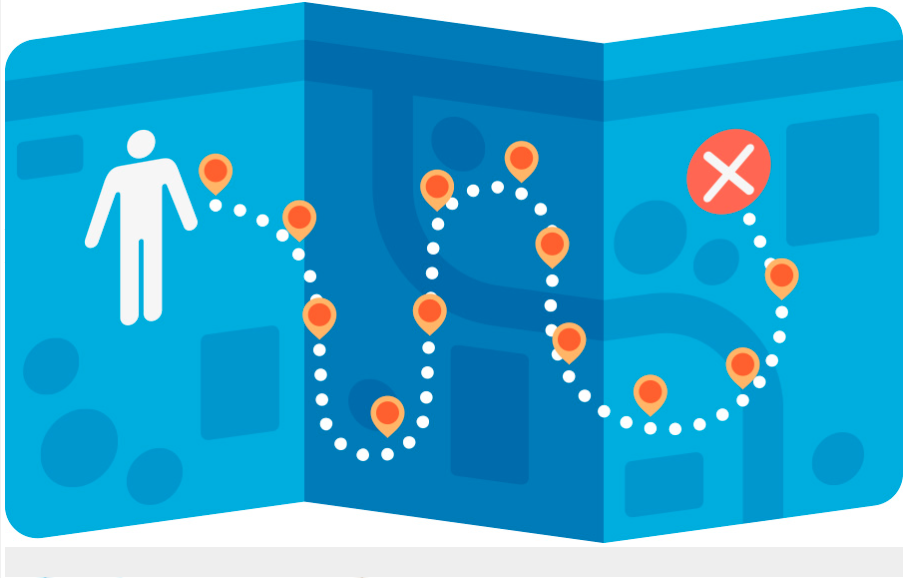
When seeking strategic opportunities for your brand, the answer might be found in your product’s packaging.
With a holistic approach to packaging design, you will find that opportunities to optimize the consumer experience and your bottom line await every step along the way.
Often, packaging design considerations seem to begin with the most obvious areas of interaction with the product and the consumer — at the shelf and in the home. That’s fantastic because these points certainly are critical. However, they should not be the only areas you explore when looking for opportunities to save money, make money, delight the consumer and save the world (or at least make a positive contribution).
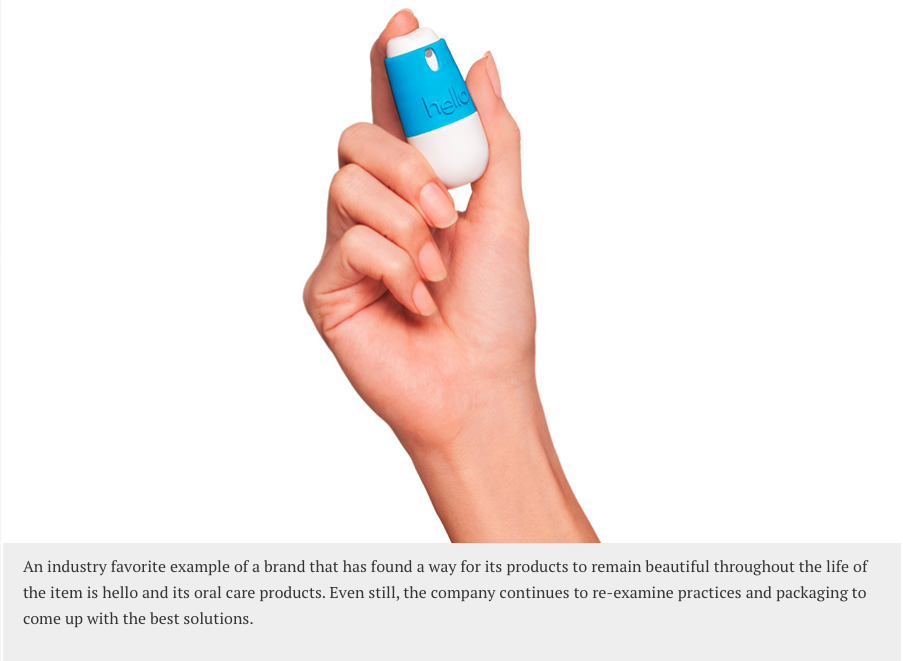
Moment #1
The Choice of Materials
What does the package need to do for your product functionally in terms of containment and protection? What does it need to communicate about your brand promise? Knowing what your company and brand stand for is important as you choose the proper materials.
Moment #2
The Manufacturing Line
Along with knowing whether the desired package can be made efficiently and cost effectively, one needs to consider how it will work on your product’s manufacturing and/or fill lines. This can be an area where you look for cost savings by evaluating orientation, process and the ability to use existing equipment. If a capital investment is required, can it also serve more than this one product or brand?
Moment #3
Transportation to the Stores
Cost savings and a positive sustainability message could arise from designs that can be palletized efficiently and thereby lower transportation costs and, ultimately, your footprint. Consider how excess weight (and materials) can be trimmed and yet still deliver the product and brand message as intended.
Moment #4
Stocking the Shelves
Make it easy for stock clerks to keep your product on shelf and looking great. I once heard a story of lower than expected sales of a product at a particular outlet. It was discovered that the product was so tedious to stock (it kept falling over) that everyone at this location waited for someone else to do it. Consequently, customers saw empty shelves while the product piled up in the back of the store.
Another stocking issue resulted in out-of-date product loss for a brand in the dairy case. This product was hung, and stock clerks were instructed to restock by moving the older product to the front of the rack, and placing the new product at the back. This meant removing all of the packages each time, something that was clearly deemed too time-consuming by some. Expired product piled up. Once the issue was discovered, the brand’s packaging partner created a tool to aid in stocking — problem solved.
Moment #5
The Shelf Set
Merchandising matters. Does your package have a unique identity communicated through structure or graphics? Is the facing, the “billboard,” optimized? Could you take advantage of color-blocking? Are you using the allotted retail space to its fullest by stacking? Can the package be oriented more than one way?
Can you create a shift in your category by jumping to a different packaging format or instituting a new system of presentation? How does your package appear presented in the competitive set: Does it disrupt, or fade into the background? Private label or store brands have in the past tried to look very much like national brands. In recent years, these products are finding more favor by way of standing out with their own identity and designs.
Moment #6
Handling at Shelf and Getting Into the Cart
Catch the eye of the consumer, and you are partway there: Your product must be seen to be considered. Be interesting and appealing enough to get picked up, and research shows there is a high likelihood of making it into the cart.
When your product is picked up, does the feel of the packaging — the tactile elements —match with the brand? For example, would Apple ever sell an iPhone in a bare cardboard box? Are you considering tactile or functional elements that invite touch or exploration? New soft-touch textures have been getting a lot of play. A caution here — I’ve also tested packaging concepts that had a coating consumers perceived as feeling “dirty.” Be sure to do your homework.
At shelf, there are functional considerations as well. Is the product easy to grab, grasp and hold? Can a busy mom with a crying toddler in one arm or a grandfather who needs to hold the cart for balance pick it up one-handed? How heavy is it? Will your packaging hold up to repeated handling through stocking the shelves or careless handling by curious shoppers? Will you have to write off a percentage of the product as damaged? You know — the mangled packages that get shoved to the back of the shelf as shoppers look for “the good one.”
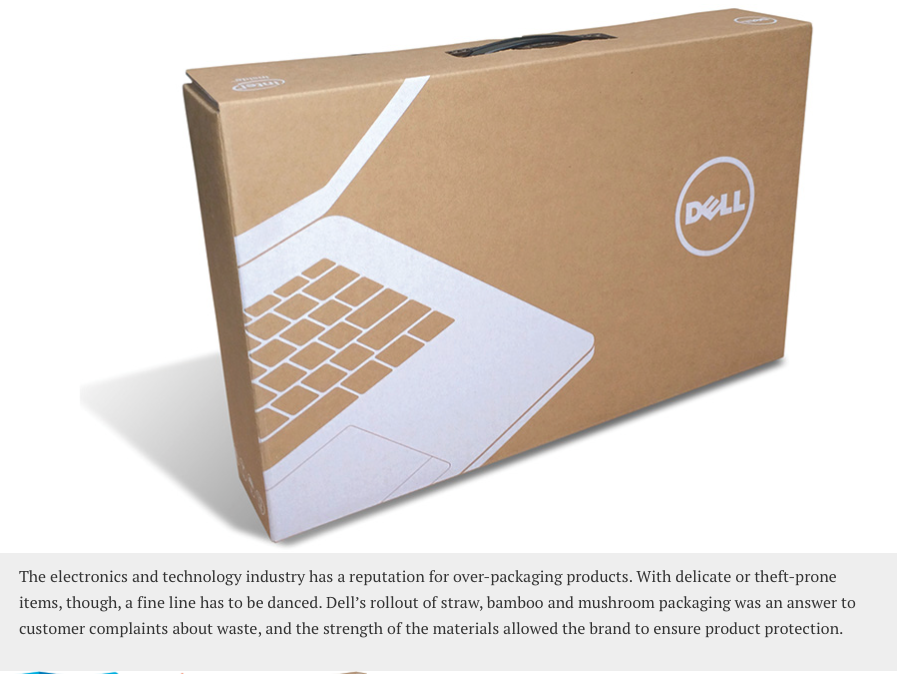
Moment #7
Bringing It Home
Will your packaging stand up to bagging at the checkout? Will it tear or puncture, leaving your product vulnerable to breakage or being crushed? For larger items, can it be easily carried to and from the car without a bag, as more states begin to nix the use of disposable grocery bags — or as in some parts of Europe, charge for a bag? It’s also important to realize that in urban areas, consumers are often walking, riding bikes or taking the subway to the neighborhood grocery. Here, size and weight matters.
Will your frozen or refrigerated product make it home in the summer heat? We all know the dash to get ice cream home. Could better packaging that keeps the cold in (meaning, food is safe and appealing to eat later) save on returns or be your point of differentiation?
Moment #8
Opening, Closing, Storing
Ease of use is a key consumer desire. With opening and closing the package, who in the home does this? Is it a young child working to achieve independence (with thankful parents!), or is it an elderly person simply hoping to maintain their independence? Countless injuries occur each year when knives and scissors are used to open even simple packaging.
Is your packaging compact enough to fit in a cabinet or the freezer? In a recent ethnographic study, I watched people bring a frozen product home and immediately open the carton, toss it (and your branding) into the trash and store the product in only the unlabeled interior liner. They said the carton was too bulky, and it quickly feels soggy when taken from the freezer due to condensation.
Does your packaging make it easy and convenient for consumers to keep it — and your brand identity — around for the life of the product? Can it be condensed or “collapsed” as product is removed to make space, yet still remain attractive and neat? Is interior packaging (bags, liners) branded and identifiable in terms of flavor or variety?
Does your packaging look as great with the last use as it did with the first? Strive for “Every time like the first time.”
Moment #9
Access To and Use of the Product
How well does your packaging deliver your product? Can it be done with less mess, a better pour or a more directed spray? Does one need a tool (knife, spoon?) to get the product out, or is there a solution that means skipping this step?
People don’t like waste. Does your packaging let them easily access all of the product? Can your packaging help people use it as intended with proper or metered dosing?
Moment #10
Protecting the Product
Does your packaging include proper barriers to preserve nutrients in food, protect taste in beverages or maintain efficacy in other products? Is your food packaging secure enough to keep out pests? Bottom line: Does your packaging keep your product fresh and protected for as long as your consumer needs it to? Stale food and freezer burn are common consumer complaints, particularly frustrating to customers as they represent a loss of value. Transferring food to other packaging in the home comes at a cost of time and money. Keep consumers from transferring your product to their own canisters or zippered baggies (with no branding!) by giving them packaging that works.
Moment #11
Visibility in the Home
As noted, it is important to keep your brand visible in the home. He says, “Honey, what was that new cereal you bought? I really liked it.” She says, “Gosh, I don’t remember. I put the cereal in the canister to keep it fresh and tossed the carton.” Don’t let this be you.
Does your packaging let people know at a glance, or at least give them a clue, when they are running low on your product so they can buy more? This is increasingly important as more shoppers go online and need to allow time for shipping. New airless packaging seen in cosmetics and skincare is notorious for running out without warning. Some aerosols are the target of similar complaints. And have you ever been caught off guard when you thought there was at least one more turn left for your solid antiperspirant?
With food, there is a need to whet the appetite, to create temptation. Shopping doesn’t end at the shelf. It continues in the home as people have choices in their pantries and refrigerators as well.
Keeping your brand, and sometimes the product itself, visible is often key to increased usage or consumption. Remember the adage, “Out of sight, out of mind.” In recent years, some cleaning products have made the leap from the cabinet to the counter by way of new packaging.
Moment #12
Discard, Reuse, Recycle, Repurpose
What is the last impression your packaging will leave? Useful, helpful, wasteful or difficult? How can you help consumers do what they want to do? Does the package break down easily? With more hybrid packages on the market, can package elements be separated for proper recycling?
Packaging has many jobs to do, and that affords us many opportunities for optimization. A holistic approach to packaging design can take your consumers from disappointment to delight and at the same time, improve your bottom line. And yes, that just may help to save at least a small corner of our world.
Edit by Kaylor Hildenbrand
BRANDPACKAGING
[ add comment ] ( 50 views ) | permalink |




 ( 3 / 2123 )
( 3 / 2123 )Smart labels are classified as anything beyond traditional print methods that can be used to add to a product’s functionality. Such technology is becoming cheaper and smaller, making them more viable.
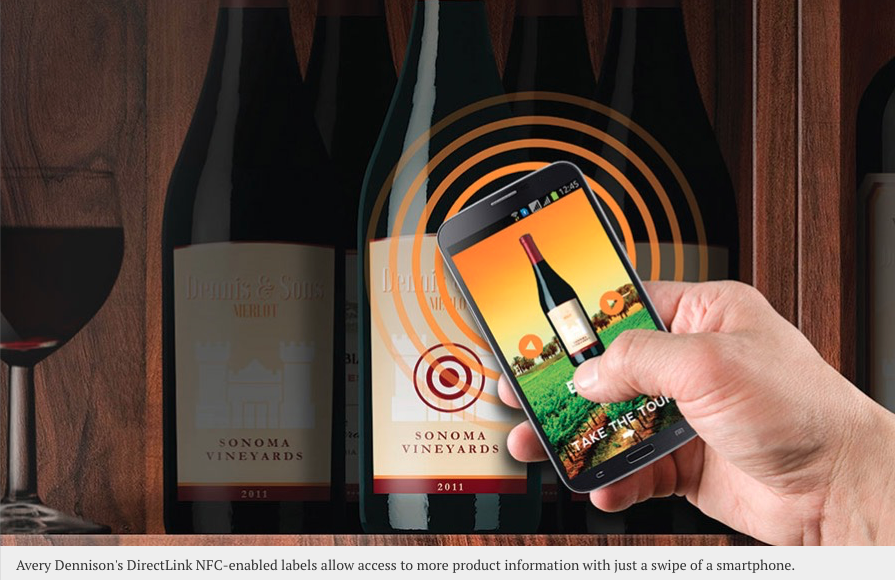
Earlier this year, Mary Greenwood — the director of new technology and business development, materials group, Avery Dennison — had to purchase a new washing machine for her home. After making her selection and arranging for it to be delivered, she was surprised upon the appliance’s arrival to see a small image of a smartphone on the machine. Naturally, Greenwood took her phone and held it up to the image on the machine. From there, she was prompted to download an app, which enables her to now start her washing machine from anywhere in the world. The app also allows her to access the machine’s user manual.
“Really, what (the manufacturer) wanted to do was continue to communicate with the customer,” she says.
While a washing machine sticker might not have much to do with packaging, Greenwood’s experience is a prime example of what brands are increasingly attempting to accomplish with smart label packaging — keeping in touch with the consumer beyond the store.
“There are a number of different uses for smart packaging,” says Greenwood, who defines “smart labels” as any type of label with technology that can extend the functionality and/or content of labels or packaging beyond traditional print means. “It can be NFC (near field communication) and that’s a microchip. A consumer just has to hold their phone close to the package and that brand could deliver any kind of digital content. NFC can do that, image recognition can also do that, a QR code can do that. But there are differences in those technologies.”
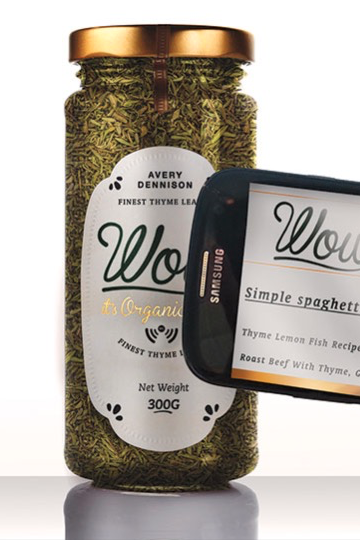
With NFC, for instance, usually an app isn’t required for the phone. Greenwood says most phones these days include software to accommodate NFC and estimates that some 1.2 billion NFC-enabled smartphones will be shipped by 2018. Image recognition and QR codes offer the same type of data access, but usually require consumers to download an app to access it via these means. Another smart label technology gaining momentum is sensors and microchips.
“There are a lot of time and temperature sensors and data loggers in the marketplace today,” Greenwood says. “Because of the way sensors and microchips have gotten so small, you can now incorporate that technology into something that’s the size of a label or as thin as a label.
“There are so many different things that are being developed, particularly around the microchips and sensors. Someday, you could see that food companies could guarantee freshness and quality all the way from farm to table.”
Greenwood says Avery Dennison has an increased focus on directly connecting to the consumer, an initiative that is evidenced by a recent project with natural cosmetics company Mineral Fusion. Avery Dennison’s DirectLink NFC-enabled labels were placed on Mineral Fusion’s 2015 cosmetic collection products that were delivered to Whole Foods stores. With just the swipe of a smartphone over the label, consumers were able to access video content about the products. While this particular application was with paper labels, Greenwood says that many companies are testing NFC — and other technologies such as image recognition and QR codes — to figure out the best ways to utilize it, when it comes to both paper and film labels.
“You use NFC in everyday life and don’t even know it,” she says. “If you use card access to a building, you’re using NFC. What (we’ve) been focused on is that direct connection to the consumer. How do I connect to that consumer? How do I get close to that consumer directly from my packaging? It’s a way to continue messaging after you bring the product home.”
Greenwood says it’s fair to classify smart labels as still in the “elementary phase” of development, and one big reason why is due to awareness.
“I don’t know if you remember when QR codes came out, people were going ‘what are those?’” she recalls. “The awareness is going to come — just how soon?
“I really think it’s going to take packaging to a new level.”
Avery Dennison
(626) 304-2000
www.averydennison.com
[ add comment ] ( 66 views ) | permalink |




 ( 3.1 / 1881 )
( 3.1 / 1881 )
In his latest book, The Evolution of Everything, Matt Ridley argues that social engineering policies, whether initiated by governments or some other organization, are unlikely to reach whatever dedicated goal they have because ultimately it is the action of humans that change society and not the ideas of a select group of people.
In front of a packed crowd at the Cato Institute on Wednesday, Ridley riveted the audience by describing how the evolution of human society and technological innovation is the result of our collective human action, not human design.
Ridley cited a number of historical instances of the failures of social engineering, such as China’s one-child policy. In the ten years prior to China’s one-child policy there was a greater decrease in the population than in the ten years during which the one-child policy was in place.
Another example is the English language. The rules in the language were not designed by some English language authority, but rather evolved and emerged from a constant interaction amongst humans adding and subtracting from the language they are using to communicate. He did not mention that the French language is far more controlled, with the Academie Française in charge of approving new words.
Ridley’s main focus in his new work is technological innovation. Innovation in general, whether technological or cultural, is merely a combination and recombination of existing things. It is through unplanned recombination efforts that we see our greatest innovations.
The most prominent example of technological innovation through human action is the Internet, according to Ridley. Instead of being meticulously planned by the government, the Internet arose from ordinary people using networks to pass information and ideas and eventually grew into what it is today. Most of the protocols that are now used on the Internet were developed on peer-to-peer networks and eventually became standard.
Ridley compared this natural technological evolution to the evolution that takes place in human genes. The evolution that takes place naturally in human genes without any design or designer is the same form as the technological evolution we see in the world. Just as there is no designer in human evolution, there is no designer in technological and societal evolution.
With this understanding of evolution in place, Ridley is optimistic about the direction technology and society are headed. He believes that technology will continue to advance and create higher living standards for the majority of people and our cultural norms will continue to adapt in a positive way.
However, there is some cause for concern amongst Ridley’s optimism. He argues that there are too many people in the world that refuse to recognize that evolution is what changes our society. Without evidence, people cling to the idea that a planned society and economy is what is needed, not an organic one. Society emerges, he argues, from a vast amount of human interaction and ingenuity, not from someone ruling over them and telling them what to do.
The key aspect to all innovation and evolution, according to Ridley, is trial and error. It is the feedback from our behavior in the trial and error process that allows society to realize right from wrong in cultural rules and technological advancements. This trial and error process, as Ridley meticulously argued, can most effectively be done through the organic interactions in a society.
Ridley encouraged the audience to be skeptical of top-down approaches that are advocated by government and special interest groups. Instead, everyone should be focused on the bottom-up approaches that have resulted in the explosion of technological innovation the world has seen recently. It is through the bottom-up approach that America and the rest of the world will experience the most prosperous technological evolution.
[ add comment ] ( 58 views ) | permalink |




 ( 3 / 1400 )
( 3 / 1400 )

 Calendar
Calendar